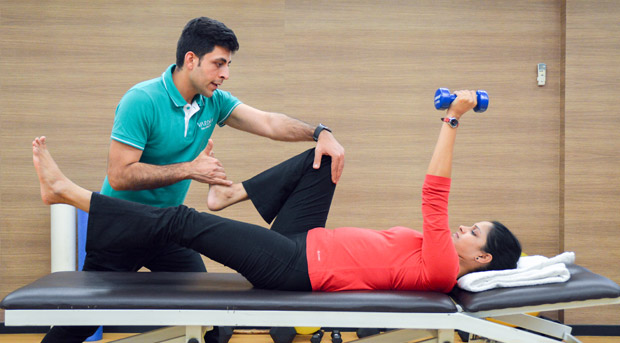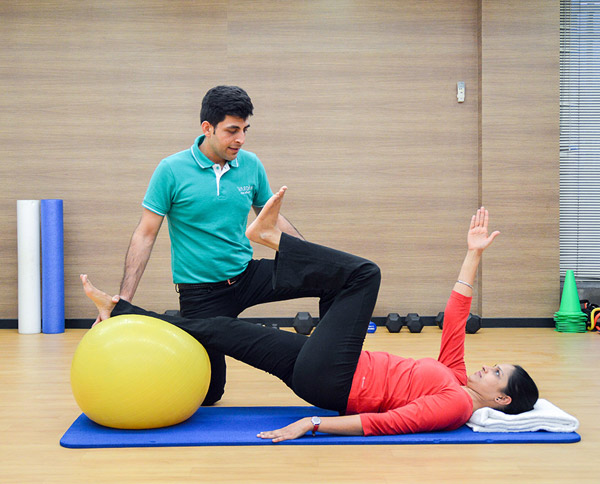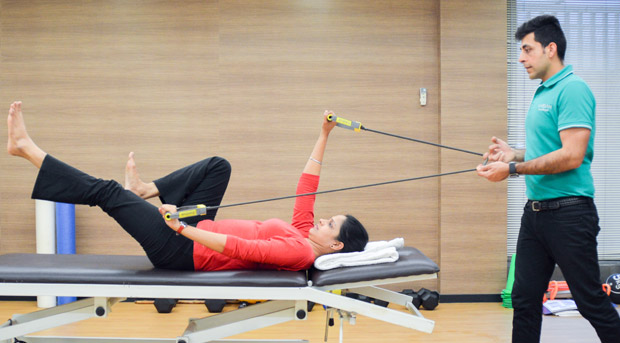Adam Lindsey, CFMT, says, “As a tailor measures you to make a suit or dress that fits exactly, so should your physical therapist design your exercise program to match your current level and build it up as your fitness level improves.” So, rather than the usual ‘one exercise fits all’ approach, SupEx offers specially formulated and individually calibrated exercises. VARDĀN takes wellness to the next level with Supervised Exercises, the FMT way.



